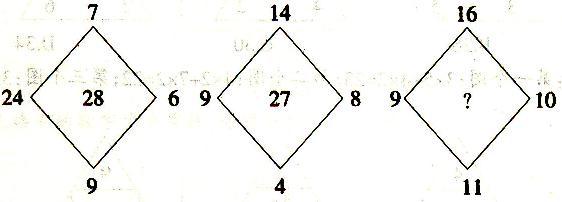The first thing to notice is that the media we’re all familiar with—from books to television are one way propositions:they push their content at us. The Web is two-way push and pull. In finer point,it corn bines the one-way reach of broadcast with the two-way reciprocity(互惠)of a mid-cast. Indeed,its user can at once be a receiver and sender of broadcast—a confusing property,but?mind-stretching.
A second aspect of the Web is that it is the first medium that honors the notion of multiple intelligences. This past century’s concept of literacy grew out of our intense belief in text,a focus enhanced by the power of one particular technology--the typewriter. It became a great tool for writers but a terrible one for other creative activities such as sketching,painting,notating music,or even mathematics. The typewriter prized one particular kind of intelligence,but with the Web,we suddenly have a medium that honors multiple forms of intelligence—abstract,textual,visual,musical,social,and kinesthetic. As educators,we now have a chance to construct a medium that enables all young people to become engaged in their ideal way of learning. The Web affords the match we need between a medium and how a particular person learns.
A third and unusual aspect of the Web is that it leverages(起杠杆作用)the small efforts of the many with the large efforts of the few. For example,researchers in the Maricopa County Community College system in Phoenix have found a way to link a set of senior citizens with pupils in the Longview elementary school as helper-mentors(顾问). It’s wonderful to see—kids listen to these grandparents better than they do to their own parents,the mentoring really helps their teachers,and?the seniors create a sense of meaning for themselves.?Thus,the small efforts of the man--the seniors--complement the large efforts of the few—the teachers. The same thing can be found in operation at Hewlett--Packard,where engineers use the Web to help kids with science or math problems. Both of these examples barely?scratch the surface?as we think about what’s possible when we start interlacing resources with needs across a whole region. [中国银行真题]
The expression “scratch the surface” most probably means. ( )
scratch意为“乱涂,擦,挖出,抓”,scratch the surface意为”只接触表面”,C项的意思“处理某事物不全面”与之相符,所以C项正确。
固定题干
根据《中华人民共和国中国人民银行法》的规定,我国货币政策的最终目标是( ),并以此促进经济增长。
箱子里面有红、白两种玻璃球,红球数比白球数的3倍多两个,每次从箱子里取出7个白球、15个红球。如果经过若干次以后,箱子里只剩下3个白球、53个红球,那么,箱子里原有红球比白球多多少个?
将自然数1~100分别写在完全相同的100张卡片上,然后打乱卡片,先后随机取出4张,问这4张先后取出的卡片上的数字呈增序的几率是多少?()

对于债券利率的风险结构,描述正确的有( )。
市场经济体制下,财政具有的职能有( )。
( )决定着生产关系。
左边给定的是纸盒的外表面,下列哪一项能由它折叠而成?( )

货币制度最基本的内容是规定( )。
如果一国货币汇率上升,即对外升值,就可能会导致( )。

()